Connected Services
SmartLINQ and its suite of connected services monitor your truck’s health and have the capability to send customized alerts and notifications to your designated support team, including the nearest Peterbilt dealership.
Peterbilt products and services incorporate leading technologies. By working with world-class supplier partners, Peterbilt leverages industry expertise to design and manufacture advanced vehicles, vehicle systems, powertrain components, hardware and software, all fully integrated to deliver outstanding performance and value.

SmartLINQ and its suite of connected services monitor your truck’s health and have the capability to send customized alerts and notifications to your designated support team, including the nearest Peterbilt dealership.

We offer advanced driver assistance systems like Collision Mitigation, Lane Keeping Assist, Electronic SC, automatic traction control, advanced braking and superior visibility capabilities.
Peterbilt provides our customers an individualized solution to their unique business needs. Peterbilt achieves this customization through dedicated teams in Sales, Engineering, Manufacturing, Customer Service and Parts that are solely focused on ensuring maximum uptime and the lowest total cost of ownership. Our dealer network is an extension of this promise and is committed to supporting every customer with world-class, conveniently located facilities, a broad array of aftersales products and services, and highly trained technicians.
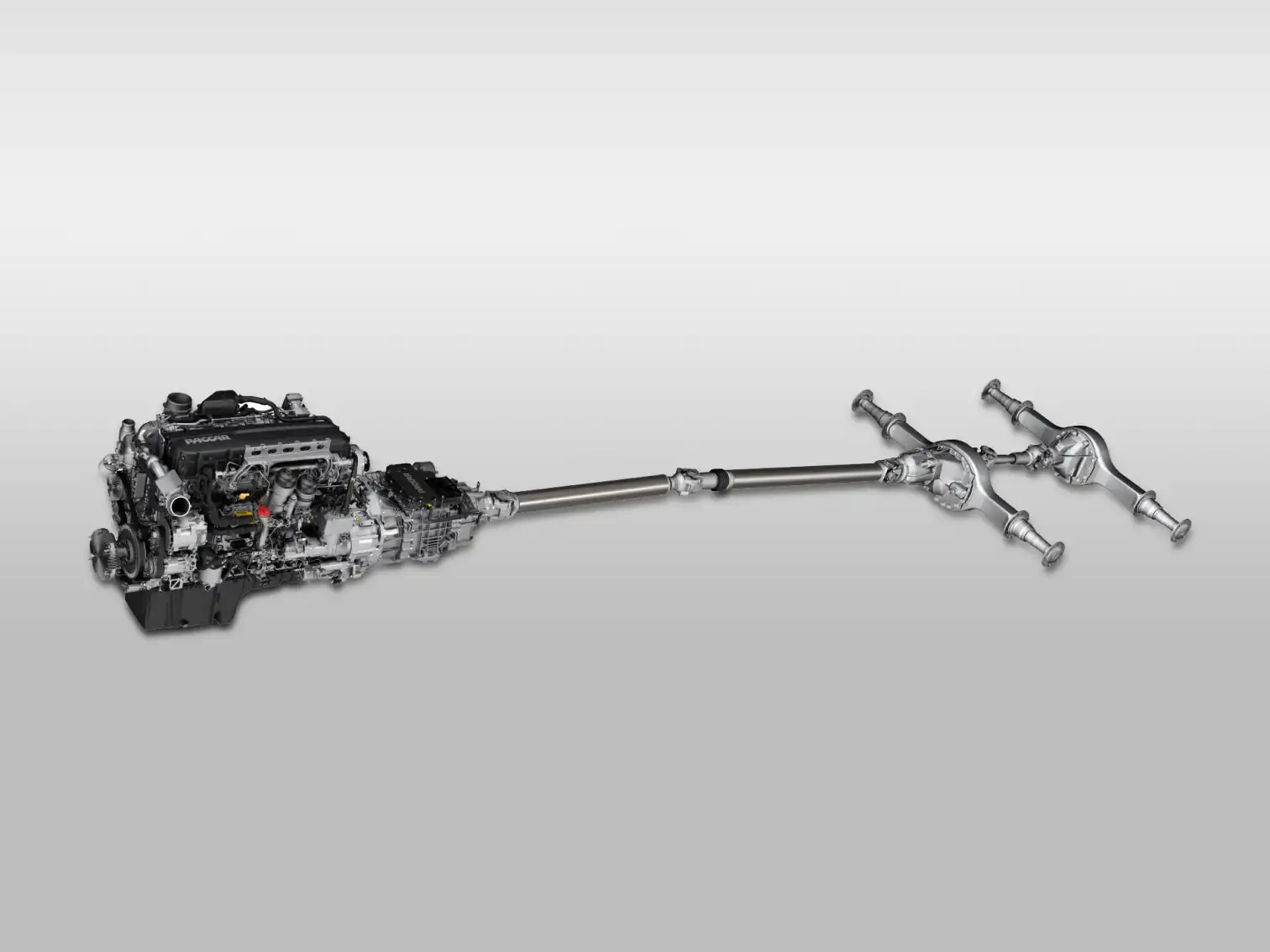
Advanced PACCAR Powertrains maximize your miles on the road and your payload. From the durable PACCAR MX-13 engine to the efficient TX-12 automated transmission and the RX-40 tandem drive axle, every component is engineered to work together seamlessly and reliably.

More than 425 North American Peterbilt dealerships deliver the highest level of service and support, keeping your trucks on the road so you can generate the most revenue and more profit for your business. Explore the award-winning network of dealerships here to serve you.
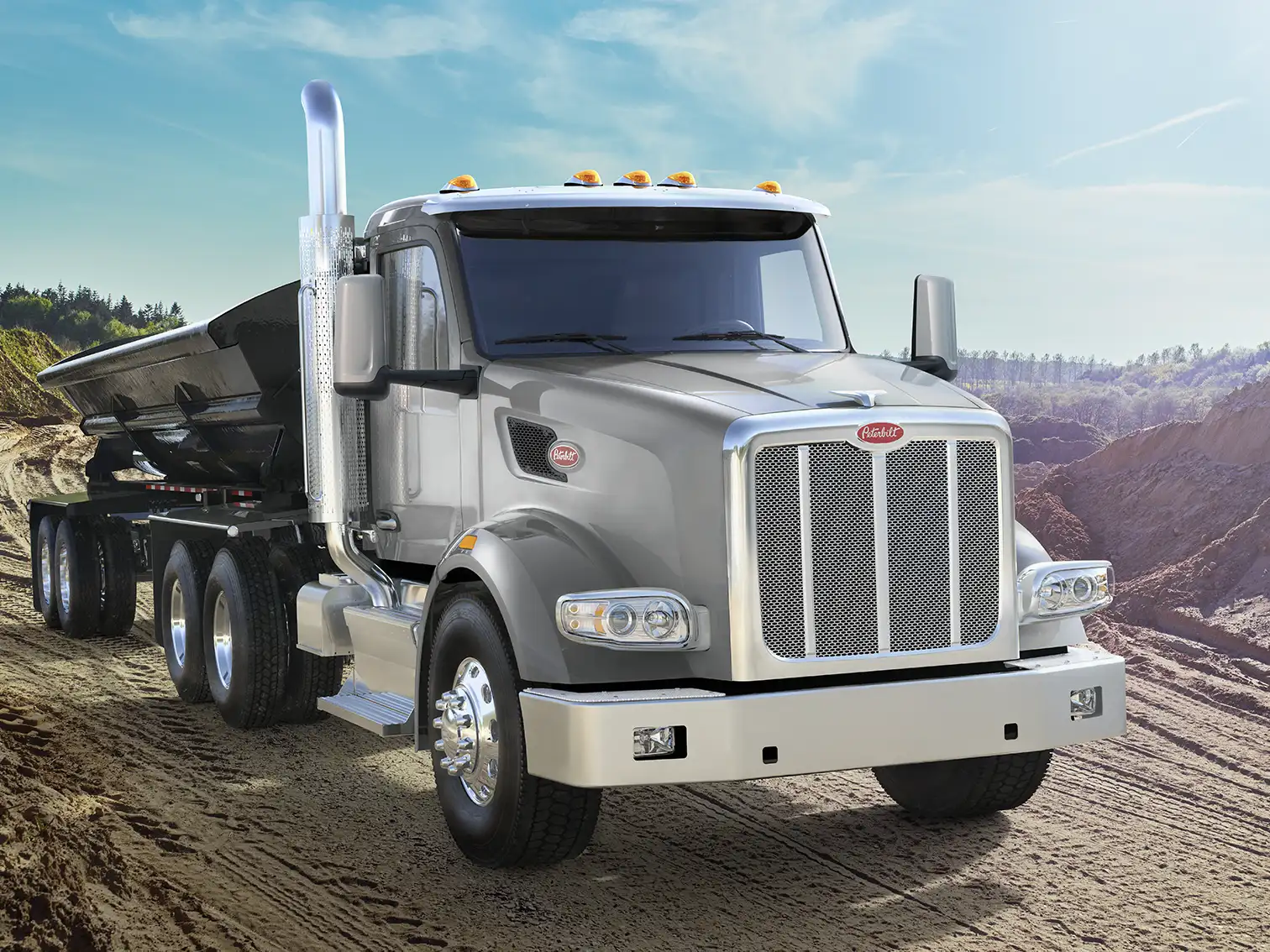
From long haul applications, to refuse, pick-up and delivery and everything in-between, Peterbilt trucks are built to order with everything your business needs, and nothing it doesn’t. We can deliver your truck with the powertrain you want, the upfits you need and the color design you specify.
Peterbilt manufactures the industry’s longest-lasting, highest-quality products. Our state-of-the-art manufacturing facilities use the PACCAR Production System to ensure trucks are built “right the first time.” Our employees are proud of the work they do and employ the strictest quality standards to achieve industry-leading reliability and durability.
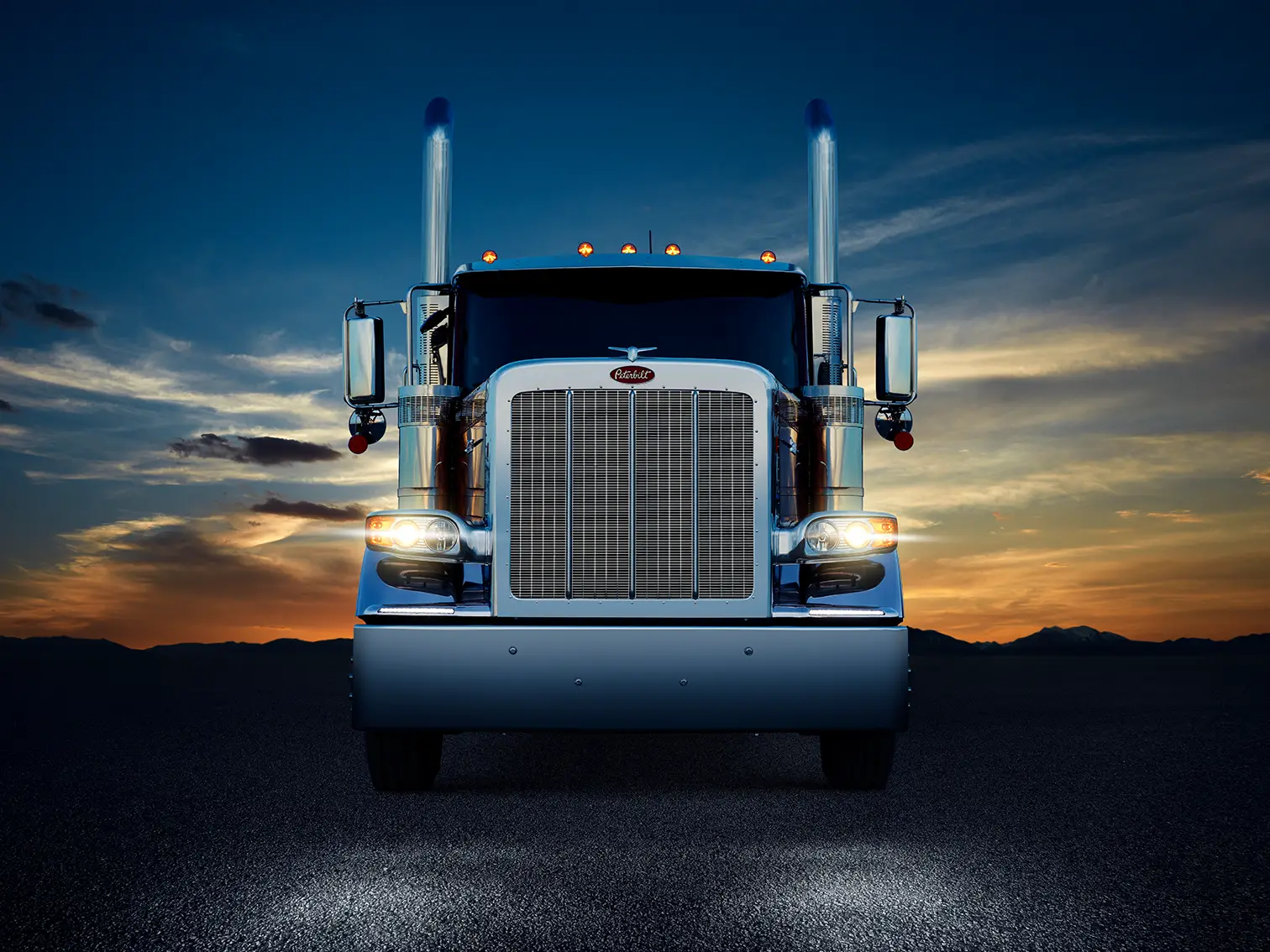
We continue to build trucks like the Model 379, which launched back in 1986. In 2006, we improved on its bare cab structure and large windshield with a more aerodynamically and fuel-efficient Model 389. We elevated it again with the Model 389X. Most recently, we added the legendary and iconic Peterbilt Model 589 to our lineup in 2023. It's how Peterbilt builds on the past to light the future.
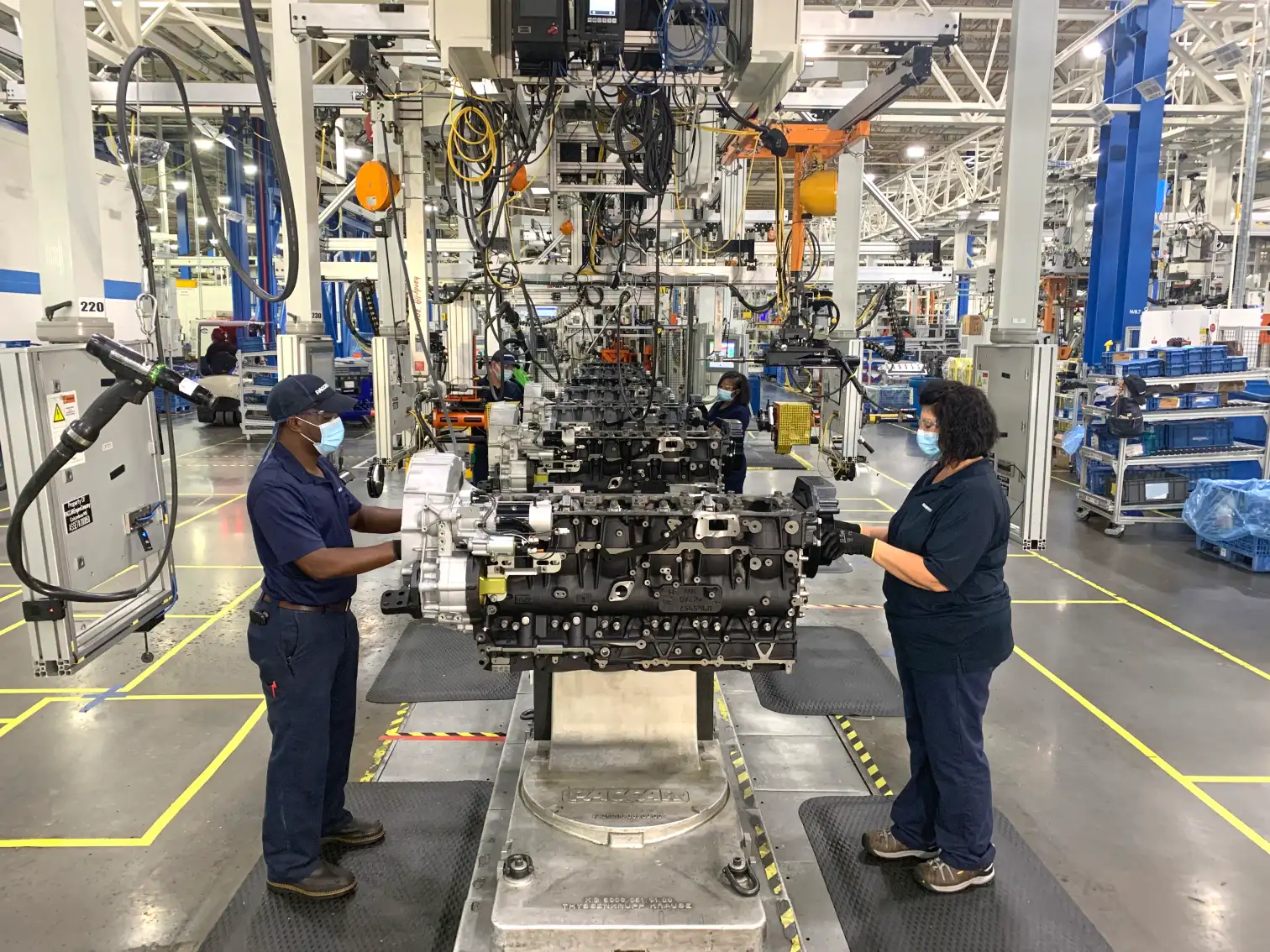
Peterbilt is a proud member of the Denton, Texas, community. In addition to supporting public and private partnerships, creating local jobs, and nurturing community relationships through industry leadership and ethical business practices, we are also committed to sustainability. Peterbilt is constantly striving to reduce its environmental footprint through the deployment of eco-friendly technologies and green initiatives. Stewardship opportunities are an integral part of our mission, and we believe in paving the way for a more sustainable future in the transportation industry.
Since it was founded in 1939, Peterbilt has been at the top of the trucking industry, creating purpose-built vehicles that stand the test of time.
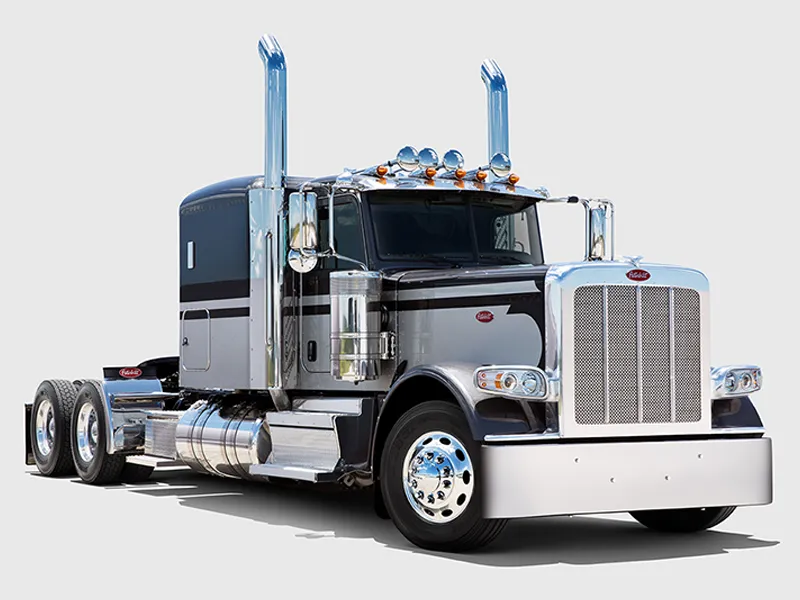
The legacy of the most famous Peterbilt ever continues to thrive. With thousands of Model 389s still hard at work and many others preserved as beautifully customized rigs, we celebrate the legendary icon.
Peterbilt is honored to announce its designation as a 2026 Military Friendly® Employer (MFE), reflecting its support of veterans, active-duty se...
Peterbilt is pleased to announce the availability of the Electronic Parking Brake (EPB) on its Class 8 and medium duty products.
Peterbilt is pleased to introduce the expansion of its electric vehicle (EV) lineup with all-new medium duty models, including Models 536EV, 537EV and 548E...